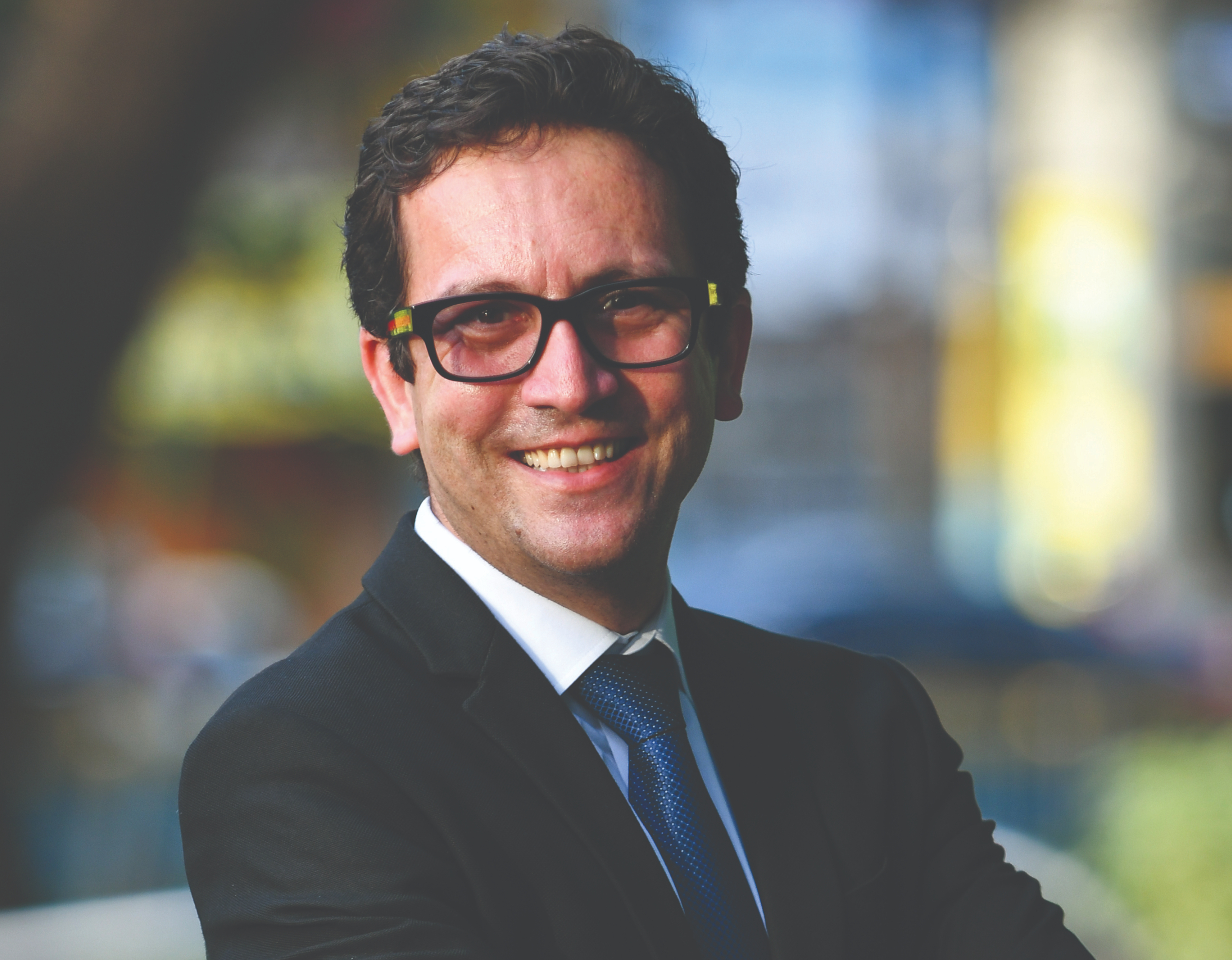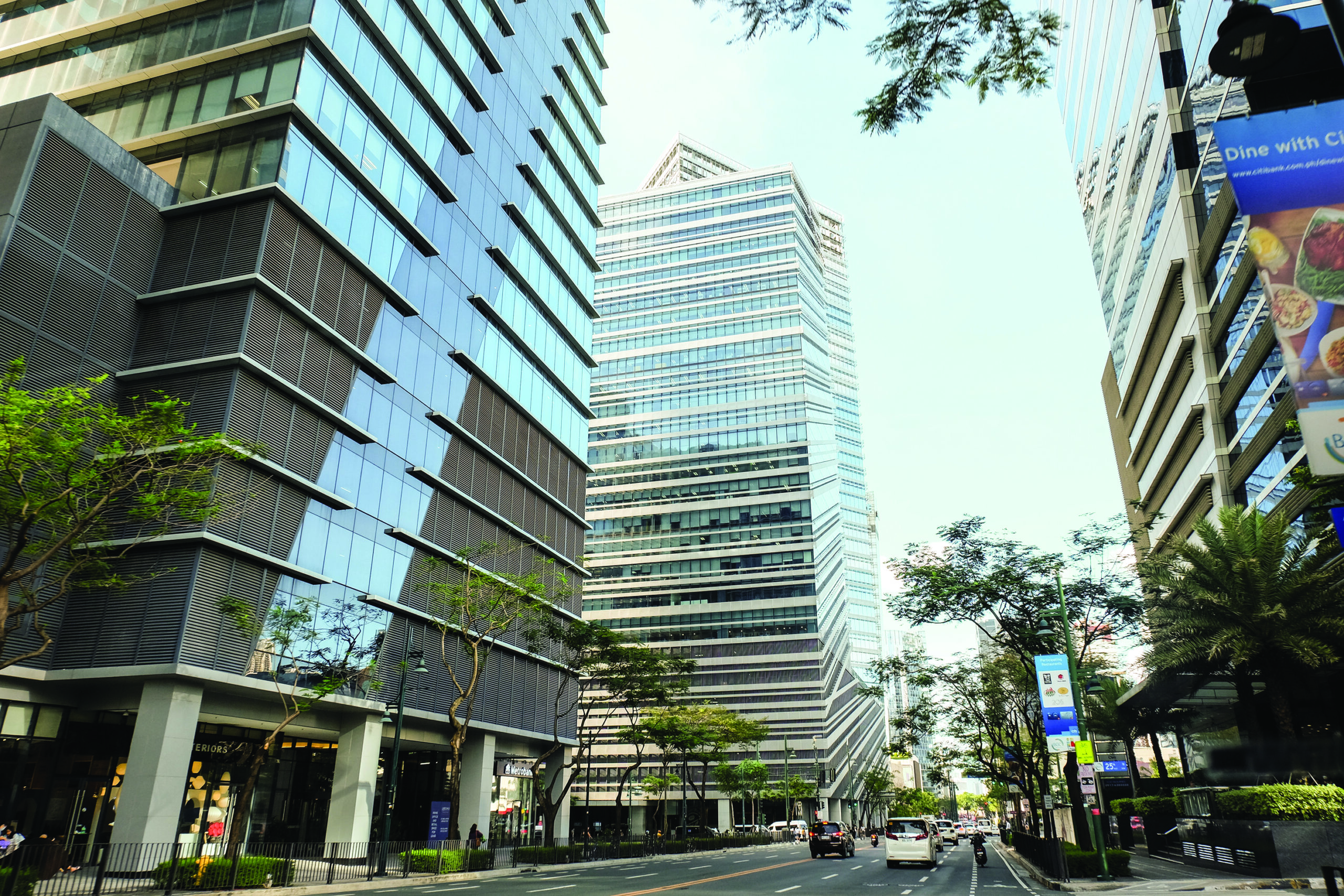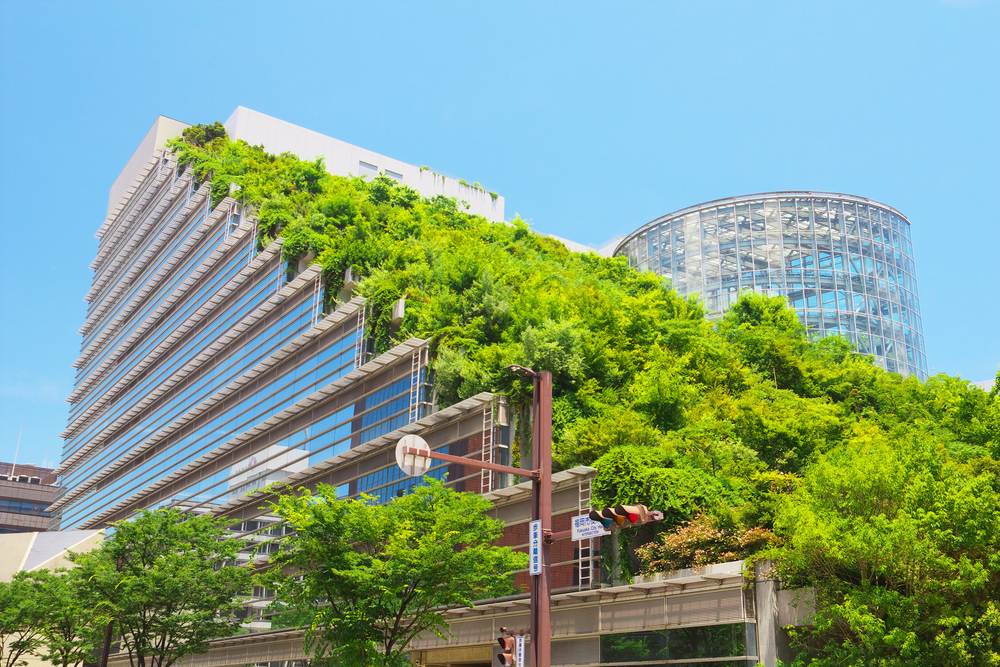Meet the influential man in the green corner
Ommid Saberi works to reduce the impact of buildings on climate change, with a focus on developing countries

Green means go for Ommid Saberi in his role as a senior industry specialist with the International Finance Corporation, part of the World Bank Group.
A trained architect with a PhD in energy efficiency in buildings, Saberi is the global technical lead for IFC’s EDGE Green Buildings Program and the global lead for IFC’s Building Resilience Index Program. He has done extensive work in the property sector, as well as with funds and commercial banks to divert investments to “climate-smart” and resilient projects.
Through his work, he has been involved in affordable housing finance in Mexico, green home finance in India, green warehouses in Kenya, green data centres in Africa, and a zero-carbon airport and office buildings in Latin America.
Before joining IFC, Saberi advised on sustainability strategies for development projects in the UK, Middle East and Asia, including the development of green building codes in multiple countries. He has also been a member of regional government advisory panels as an expert in low-energy designs and a technical director for energy conservation at the city level.
“In my work, I have been engaged in developing building regulations as well as software applications for construction sector professionals,” Saberi says. “Working on different building types across the globe in both the public and private sectors has helped me to appreciate the challenges and opportunities to reach a zero-carbon future.”
How does IFC’s work on green and resilient buildings help lift people out of extreme poverty?
At IFC, we recognise the role of the private sector as a critical engine for growth in emerging markets. By encouraging this growth, IFC supports the World Bank Group’s twin goals of ending extreme poverty and boosting shared prosperity in emerging markets. We do this through our investment offer, which creates new markets and mobilises other investors, and our advisory offer, which imparts our expertise.
Aligned with this work, our focus on the property sector is on key industries such as tourism and retail because of their economic importance in generating revenue and creating jobs. We also focus on affordable housing, which uplifts the lives of people in developing countries. As we come in with our investment, we also ensure that capital goes into more climate-smart projects such as green and resilient buildings.
From IFC’s Green Buildings report, we know that more than half of the world’s population by 2030 will be in East Asia, the Pacific and South Asia, so our work in the region for the property sector is probably the most important globally. It represents a tremendous investment opportunity—for example, around two-thirds of the investment opportunity in green buildings lies in Asia.
Working on different building types across the globe in both the public and private sectors has helped me to appreciate the challenges and opportunities to reach a zero-carbon future
Why is IFC focusing on green and resilient buildings?
Buildings and the construction sector are responsible for about 37 percent of global energy-related greenhouse gas emissions, if we also include the embodied carbon. This means buildings are one of the key sectors in the global move toward a low-carbon economy.
Meanwhile, with climate change, climate hazards are becoming more severe and frequent. As a result, buildings are damaged, if not destroyed, which accumulate as increasing economic losses. So the building sector must address both climate change mitigation and adaptation simultaneously. This is where IFC’s EDGE Green Buildings and Building Resilience Index programs come in.

What is the aim of the Building Resilience Index?
The Building Resilience Index aims to “lay the foundations for resilient cities, one building at a time” by providing a resilience assessment framework for the building sector.
We designed the Building Resilience Index to facilitate access to location-specific hazard information, provide resilience measures to mitigate applicable risks, and improve transparency for disclosing a building’s resilience information between sector stakeholders, leading to a diversion of financing to resilience.
What has been learned so far from the Philippines pilot?
We started piloting the Building Resilience Index program in the Philippines because it is a hotspot for a range of natural hazards, including floods, typhoons, landslides, tsunamis, earthquakes and volcanoes.
Amidst its climate vulnerability, however, not a lot of people know that the Philippines is actually a low-emitting country globally. What we see is that the countries that contribute the least to climate change are the ones that are greatly impacted by it. Therefore, climate change adaptation is equally, if not more, important to climate change mitigation for the Philippines’ property sector.
Working with developers, financial institutions, and the public sector, we have discovered a strong appetite for the Building Resilience Index. When we launched the Building Resilience Index, various developers pledged to use the tool on 1.8 million square metres of floor space, including both new construction and retrofit projects. A few commercial banks and city governments also expressed interest in integrating the index into their own processes and frameworks to encourage resilient building design and construction.

What is the state of the EDGE Green Building certification in Asia?
With the pandemic, we saw exponential growth in demand for green buildings, not only in Asia but across the world.
EDGE-certified space has reached over 40 million square metres in 72 countries. Asia makes up about one-third of this.
What has contributed to this rapid growth are awareness-raising and advocacy. In Asia, as in the rest of the global south, the key barrier to green building adoption is the widespread notion that green is expensive, complex, and does not deliver value. Real estate players realise more and more that while there is an additional cost, it is not as high as they think, and the operational benefits far outweigh the initial capital expense, with short payback periods of just three years on average.
Through the EDGE app, we also simplify the green building certification process to remove the layer of difficulty and lower the barriers to entry. Asian banks are providing green building construction finance and mortgages such as OCBC for EDGE-certified buildings. Governments perceive that, by providing fiscal or non-fiscal incentives, markets can move faster toward adopting green buildings.
Despite our success, the green building sector as a whole is still far from where it needs to be if we are to bring down emissions and limit warming to 1.5 °C. We will continue working with developers to increase their awareness of the business case for green and to provide technical assistance on the process.
At the same time, we will also work closely with financial institutions to create finance products to encourage the market, and with the public sector to create an enabling regulatory environment for green buildings to flourish, thanks to our program donors such as the UK, Netherlands, Switzerland, the European Union, Australia, and Rockefeller Foundation.

How is IFC pushing for greater adoption of green and resilient buildings globally?
IFC facilitates the mainstreaming of green buildings and resilient buildings in four ways. First, we have the EDGE and Building Resilience Index apps, which provide sector actors publicly available tools to design, construct, retrofit and finance green and resilient buildings. They address information asymmetries that construction developers face. And they create a clear and standardised definition for green and resilience among market stakeholders.
Second, we invest through financial institutions or help develop new financial products such as green bonds and green mortgages that support these building activities.
Third, IFC directly invests in projects in the property sector.
Lastly, we offer expertise to central or local governments on policy reforms to improve building codes and design incentives for green and resilient buildings. These four approaches generate a successful enabling environment and initiate a systemic transformation toward zero-carbon and resilient cities.
The original version of this article appeared in Issue No. 173 of PropertyGuru Property Report Magazine. Write to our editors at [email protected].
Recommended
Why everyone is moving to Selangor and Johor: Malaysia’s real estate comeback
Malaysia’s upturn in fortunes is especially prevalent in secondary destinations such as Selangor and Johor
Penang’s silicon boom: How the US-China tech war is supercharging local real estate
Penang’s booming semiconductor industry has created ripples within the local real estate sector
New leader, new opportunities: How Hun Manet is shaking up Cambodia’s real estate game
Hun Manet is overseeing decent economic growth and widening access to the country’s real estate market for foreigners
Singapore embraces inclusive housing reforms amid resilient demand
The Lion City’s regulatory strength continues to exert appeal for international investors








